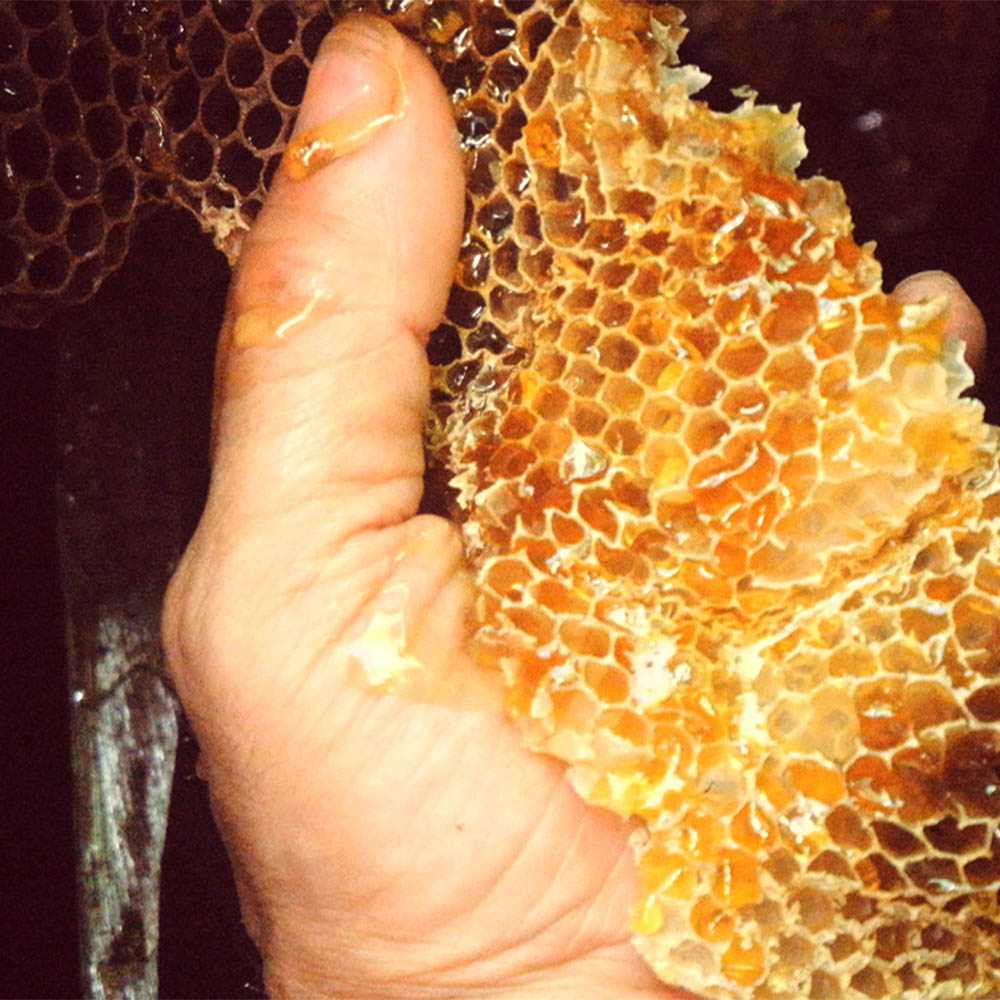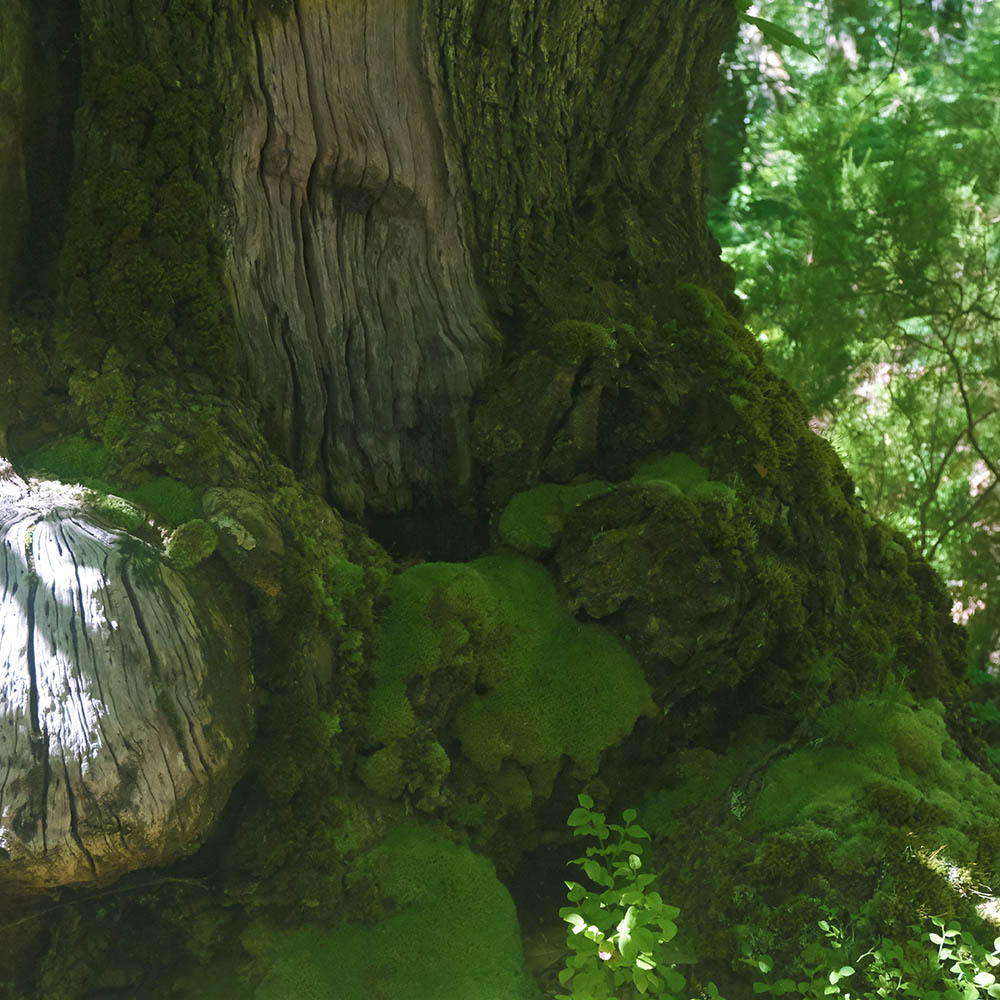Science, nature and tradition to achieve perfection
Organic acids play a clear role in the antimicrobial an antioxidant activity of raw Xera honey. We follow traditional methods collecting it by gravity and unfiltered for you
According to the studies carried out, honey samples from Erica sp. and in particular the Cinerea variety have a higher average content of total D-gluconic acid, citric acid and L-malic acid compared to other honeys.
Rare and difficult-to-find ancient trees give us unique honey.
Organic acids are just one of the reasons why this variety of honey has been used as a natural medicine since ancient times. Science, nature and tradition go hand in hand to obtain a rich and unique honey of its kind.
The antioxidant capacity of honey is similar to that of some fresh fruits and vegetables, varying greatly depending on the floral origin of the honey (Frankel et al., 1998; Gheldof and Engeseth, 2002; Gheldof et al., 2002). Xera cinerea raw honey is processed so that it benefits from wildflowers from the upper Navia basin, which provides it with high levels of phenolic acids and flavonoids. These compounds are precisely some of those with the greatest proven antioxidant activity.
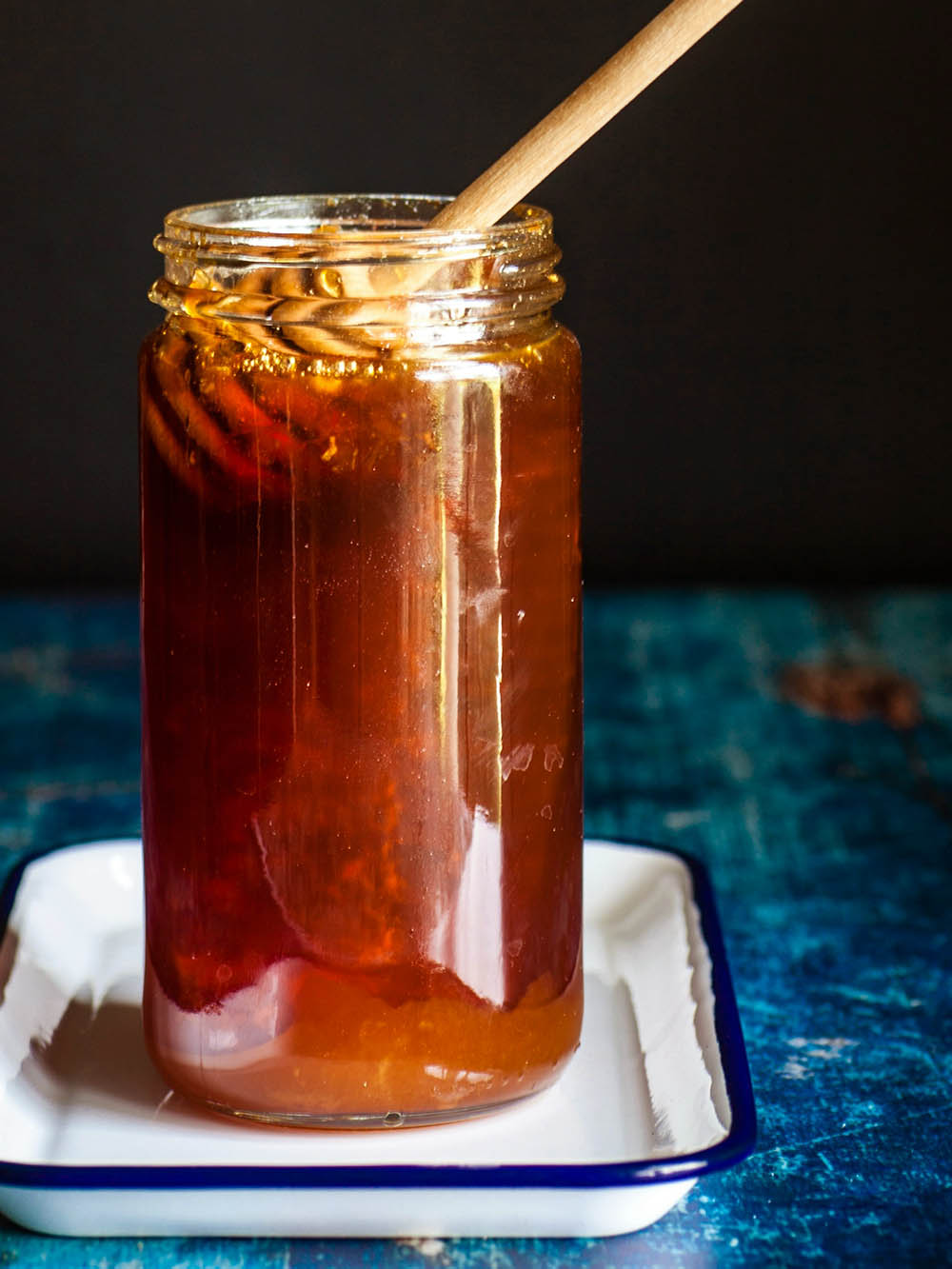
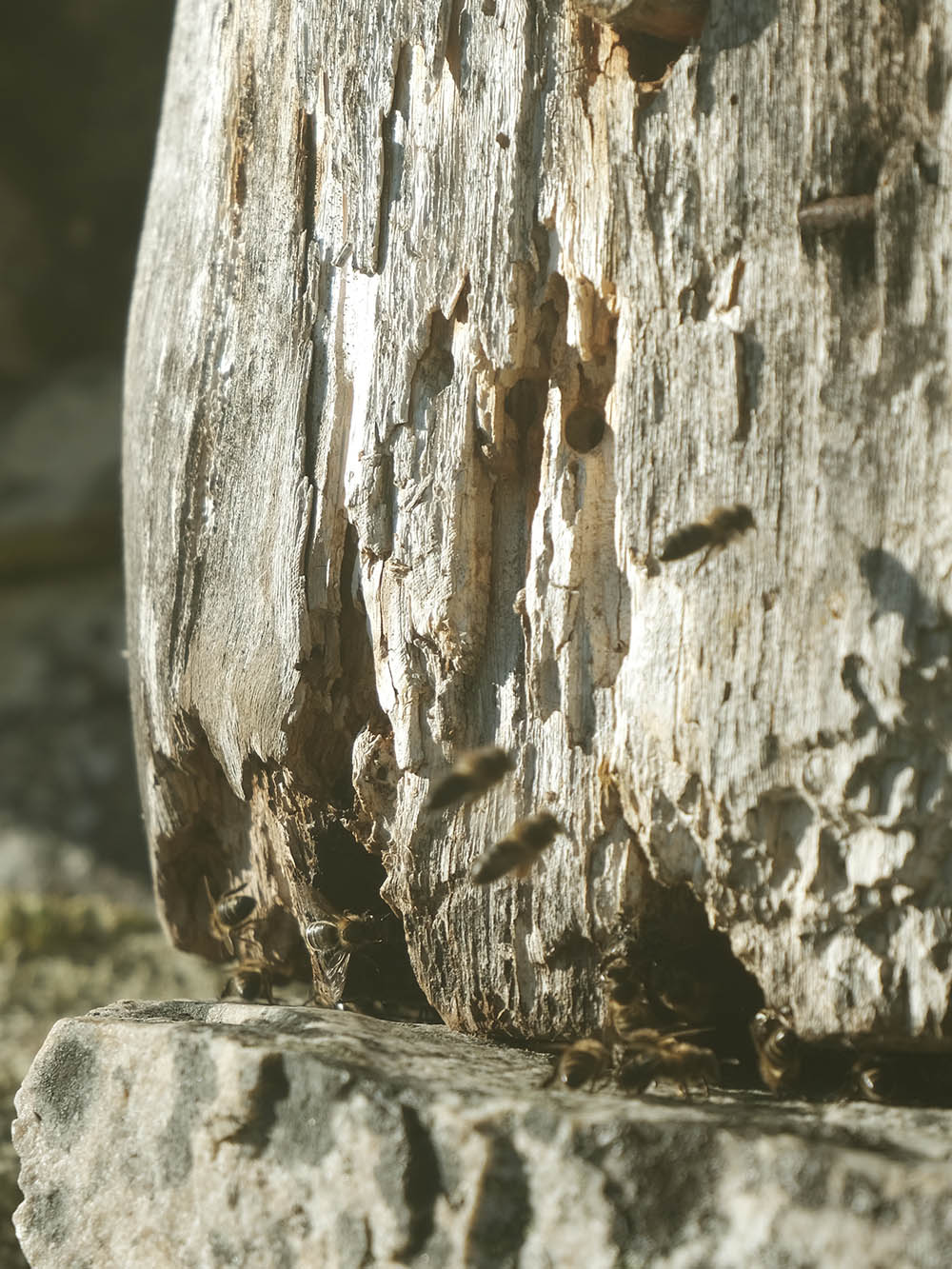

Our wild honeys also enhance the presence of organic acids and their antioxidant capacity through the production of bees in complete freedom and the dehydration caused by the wild conditions of honey production in the honeycombs protected by ancient trunks. These unique characteristics make Xera the best exponent of the natural, antibacterial and antioxidant properties of honey.
Its content of organic acids stands out, such as cis, trans-abscisic acid, which is a potential marker of this variety of honey. Studies have found that heather honey has a significant amount of quinic acid, which distinguishes it from other honeys. In addition, it has been observed that heather honey may contain galacturonic acid, a component not found in other honeys. These characteristics make heather honey have unique properties compared to other honey varieties in terms of its organic acid composition (Cherchi, A., Spanedda, L., Tuberoso, C. I. G., Cabras, P., & Angioni, A. . (1994). Determination of organic acids in honey from Sardinia. Journal of Apicultural Research, 33(2), 65-69).
All these qualities make Xera honey a superfood with enormous potential on a medical and well-being level.
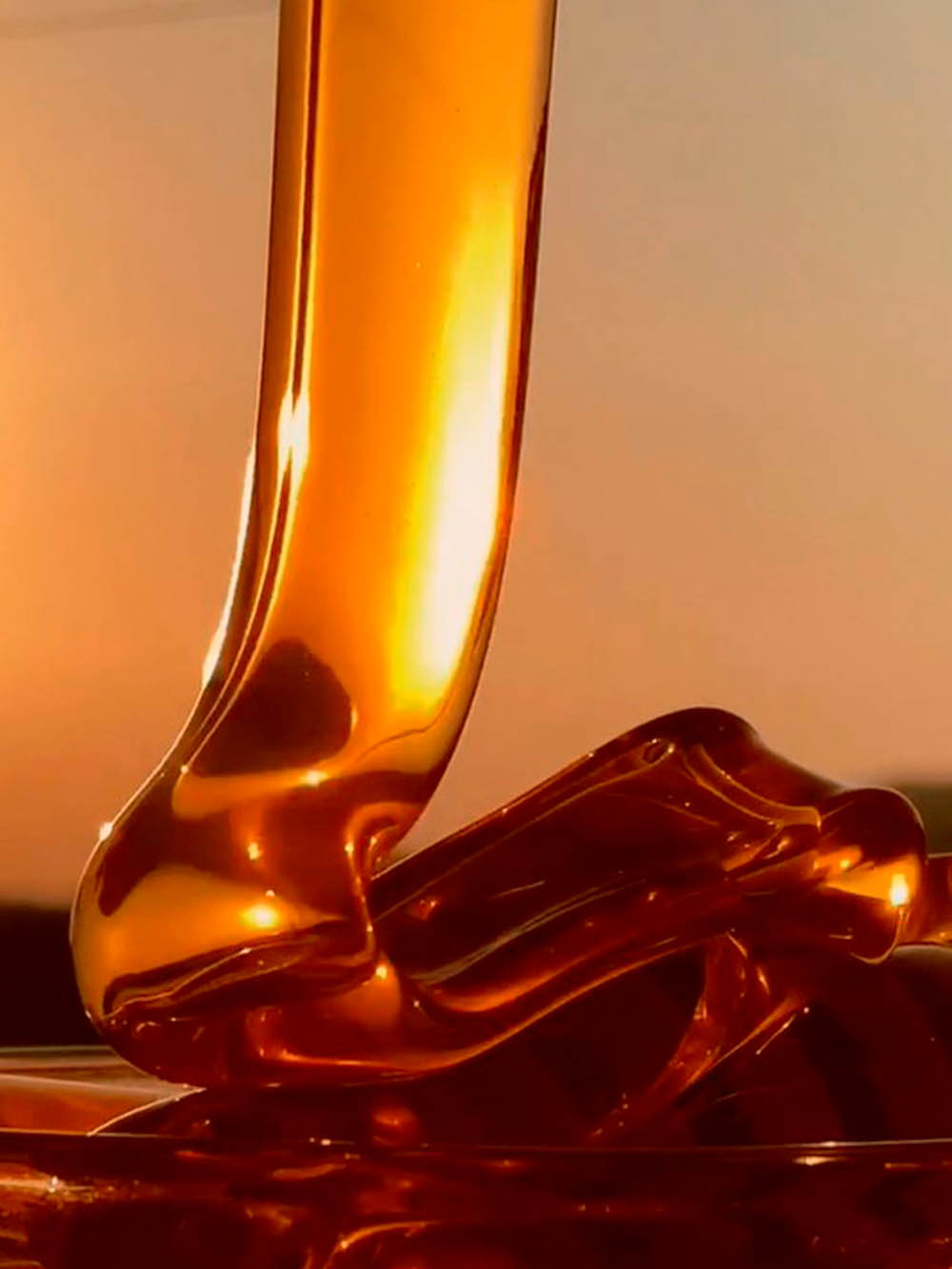
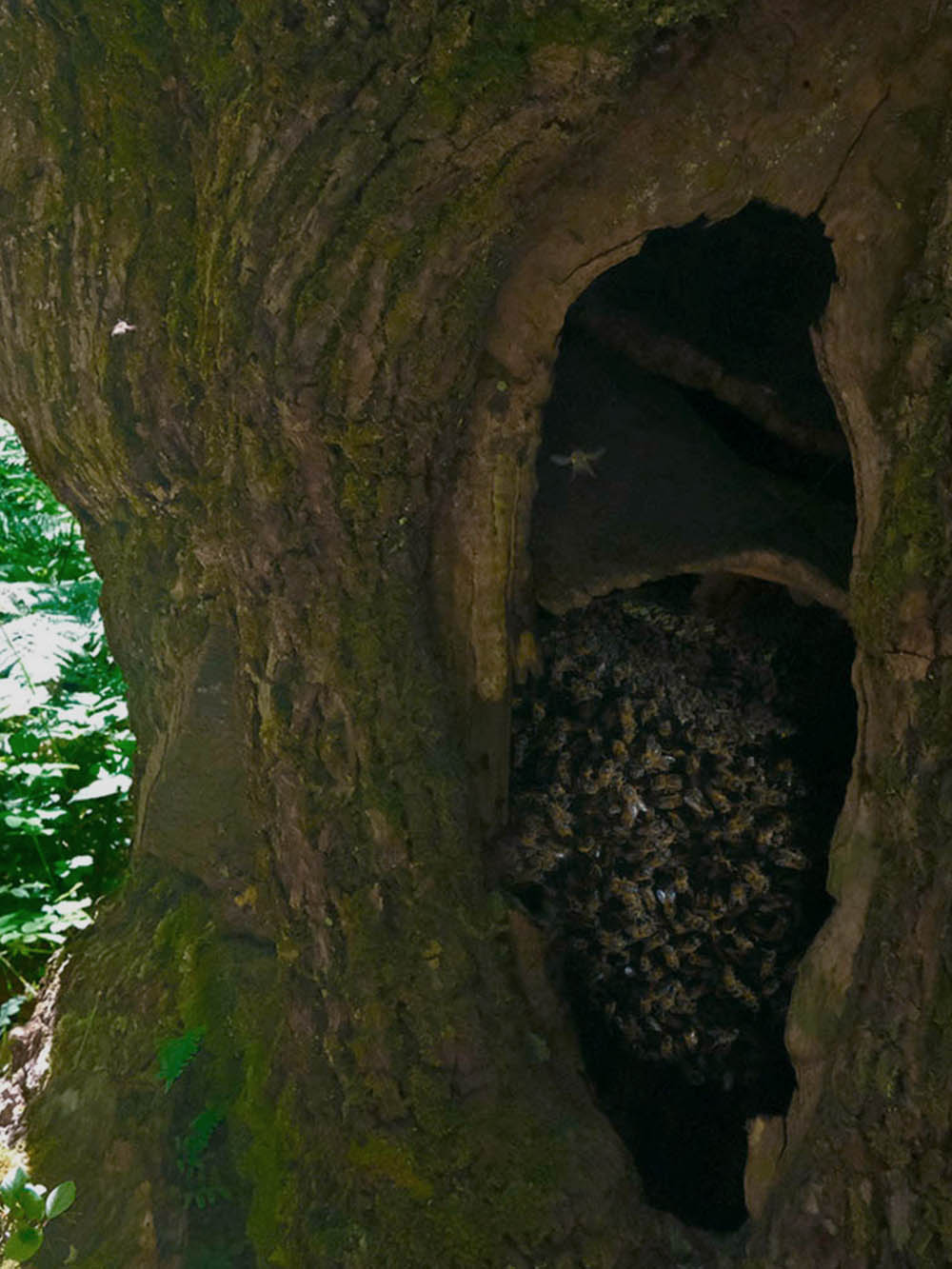
XERA raw honeys are characterized by their dark amber colour with reddish tones and an intense flavour with an aroma that evokes ancient trees, inside which our honeys are harvested
Intense flavour and reddish amber colour with millennium tree aroma and incomparable properties
Whether within the trees themselves (PEARL and ANTIQUE variants) or in the Xera LIMITED EDITION hives handcrafted from the bark of centuries-old trees that have been cured in a process spanning several decades, our honeys possess unique and distinctive characteristics. Some of our ‘truebanos’ (artisanal hives made with bark) have been cared for hundreds of years to produce the most delicious honey, which also has incomparable properties:
Xera honeys strengthen the immune system
Thanks to its antioxidant and antimicrobial properties
High tannin content
Phenolics give Xera bitter flavour, antioxidant, anti-inflammatory and antimicrobial properties.
Antioxidant power
Such as gallic acid, caffeic acid and flavonoids, which fight free radicals and protect cells from oxidative damage.
Anti-inflammatory
Tannins and other compounds help reducing inflammation.
Antimicrobial activity
High concentration makes Xera a natural treatment for infections.
Healing properties
Xera raw honey has been traditionally used to heal wounds and ulcers.
The unique qualities of Xera mean that to be chosen from each year’s harvest our honeys must first finish the cultivation cycle successfully in an isolated and wild environment. Which in itself is not easy at all. In addition, raw Xera honey collected by gravity, unfiltered and by traditional methods must pass quality controls to meet (and maintain) the flavour, colour, consistency and aromatic qualities that we demand from one-of-a-kind honey. At the same time guarantees the compositional and therefore therapeutic qualities of the honey itself.
You have the control: we take care of the harvest (for you)
At Xera we have laboratories and a highly qualified human team that is responsible for analyzing the composition and unique characteristics of the Xera honeys that we receive from nature.
In addition, our honeys undergo an exhaustive control of properties and tasting before packaging, to check and control all their compositional and organoleptic qualities until the end. Xera honeys are packaged and labelled only at the time of shipment and after analysis of their properties. A product so exquisite for health must be taken care of down to the smallest detail.
If nature is responsible for providing us with one of its most exclusive essences
We commit to taking care of this legacy
And to do so, at Xera we observe the most absolute rigour when working on it.
At least 19 identified organic acids in raw Xera honeys
Cinerea honey has at least 19 identified organic acids, with gluconic acid as the predominant one, present in all honeys in concentrations significantly higher than other acids. Among the acids identified are acetic, butyric, citric, formic, malic, oxalic, pyruvic, succinic, and tartaric, among others. These acids contribute to properties such as flavour, aroma, colour, acidity and resistance to attack by microorganisms in honey.
In addition, 11 organic acids have been quantified in cinerea honey, whose characteristics are detailed in Table XIX. The importance of organic acids in honey lies in their contribution to organoleptic, physical-chemical properties, and resistance to microorganisms.
It takes decades to season the wood so that it is optimal for creating the so-called ‘truébano’ (handmade hive).
Xera honey stands out for several distinctive characteristics that position it as an exceptional option:
- Enzyme content: Cinerea honey contains enzymes that are widely used as an index of freshness and quality criterion, which differentiates it from other sweeteners. These enzymes, such as invertase, diastase and glucose oxidase, have greater activity.
- Mineral substances: It is rich in potassium, representing 80% of the total minerals, and also contains sodium, calcium, magnesium, manganese, iron, copper and silicon. The mineral content varies with the soil and climatic conditions, the botanical origin and the extraction technique used.
- Chemical composition: Cinerea honey contains a variety of compounds, such as organic acids, mineral substances, amino acids, proteins, enzymes, vitamins, lipids, volatile aromatic substances and solid residues insoluble in water, which determine much of its distinctive characteristics, such as colour, the aroma and the flavour.
These qualities make Xera honey highly valued and distinguish it as an exceptional choice among honeys.
We strictly follow the oldest production methods
Xera: Work seeking excellence
Harvest in ancient chestnut
Laboratory monitoring
With unique properties
Delivered as a piece of art
The best kept secret for thousands of years
Discover the Place Where Magic is Made
The land where our honey is harvested is one of the few places in the world where bees are born and reproduce in the wild. Xera cares about taking care of the environment and keeping it in perfect condition to complete the work in a sustainable way, supported by a biological wealth that results in a harvest of astonishing quality, which surprises us every year. At Xera we work for the conservation of these local bee populations, which have been inhabiting the area for thousands of years.


